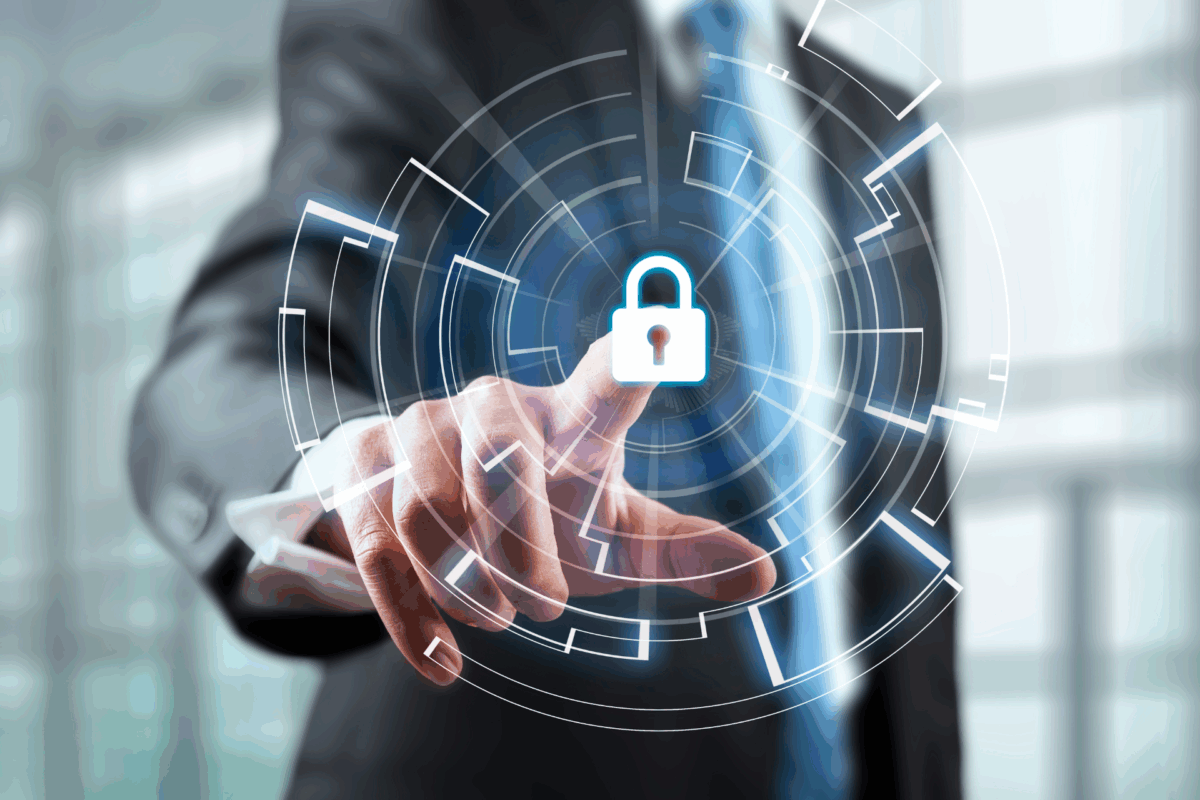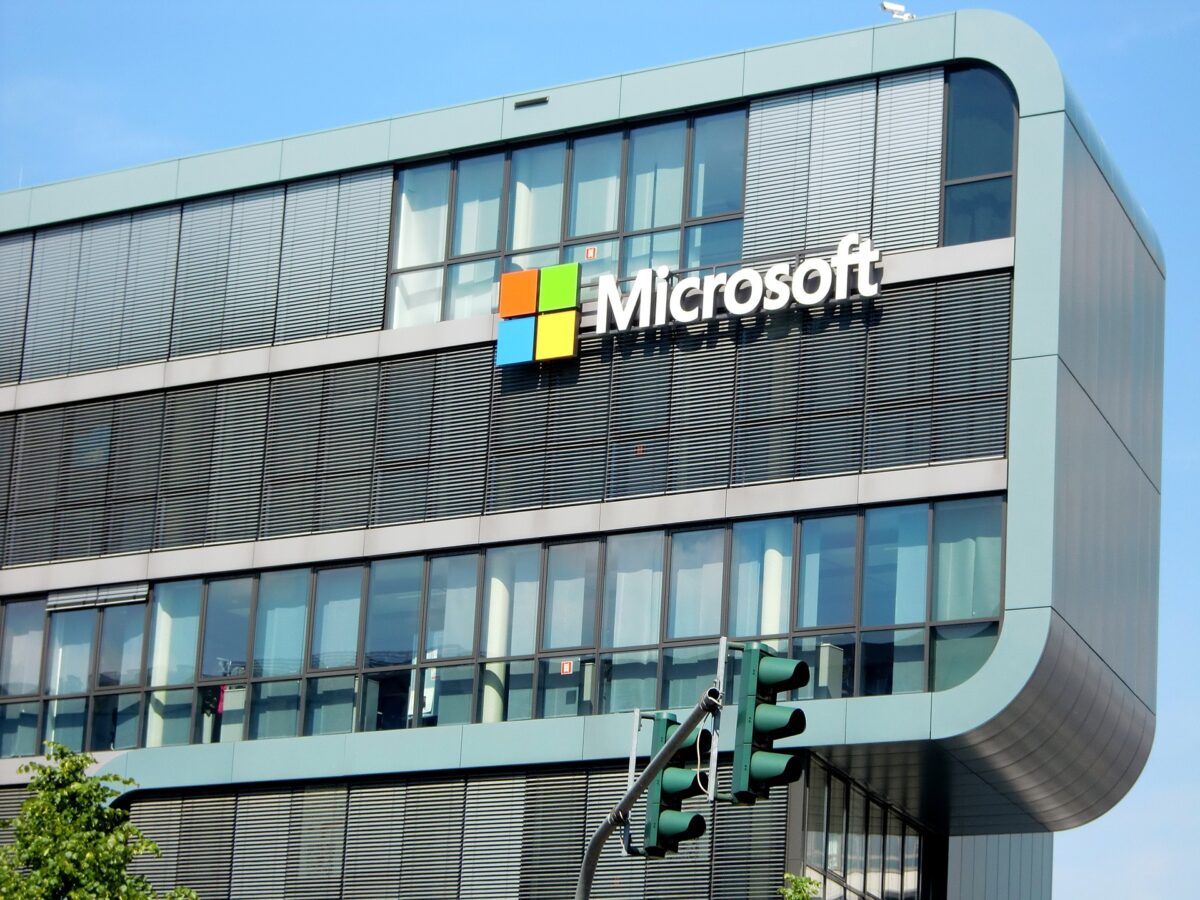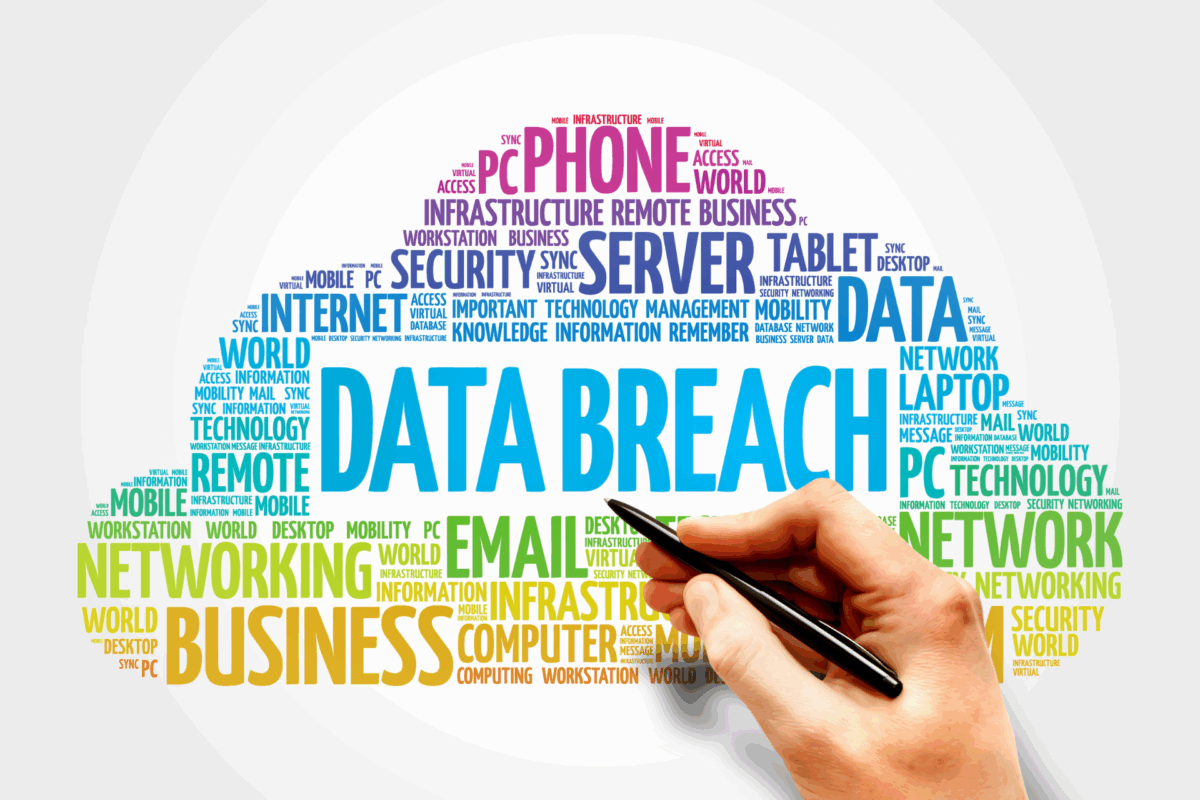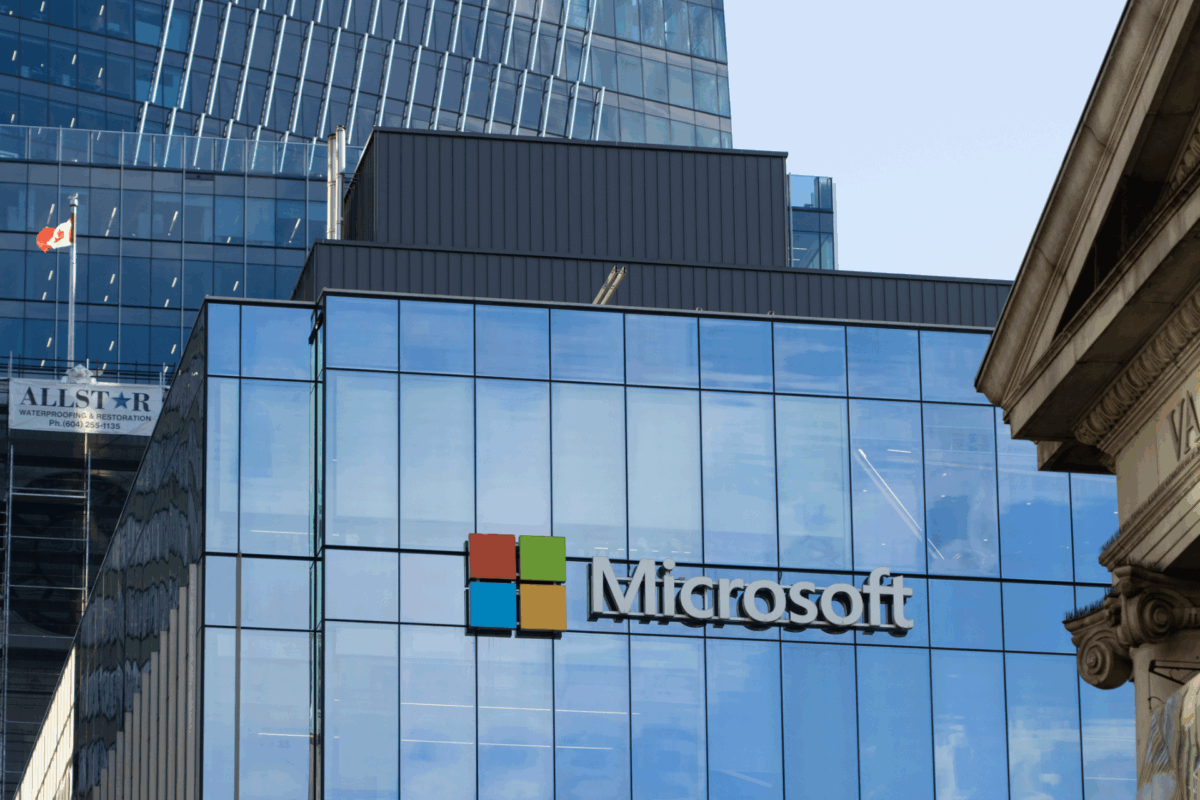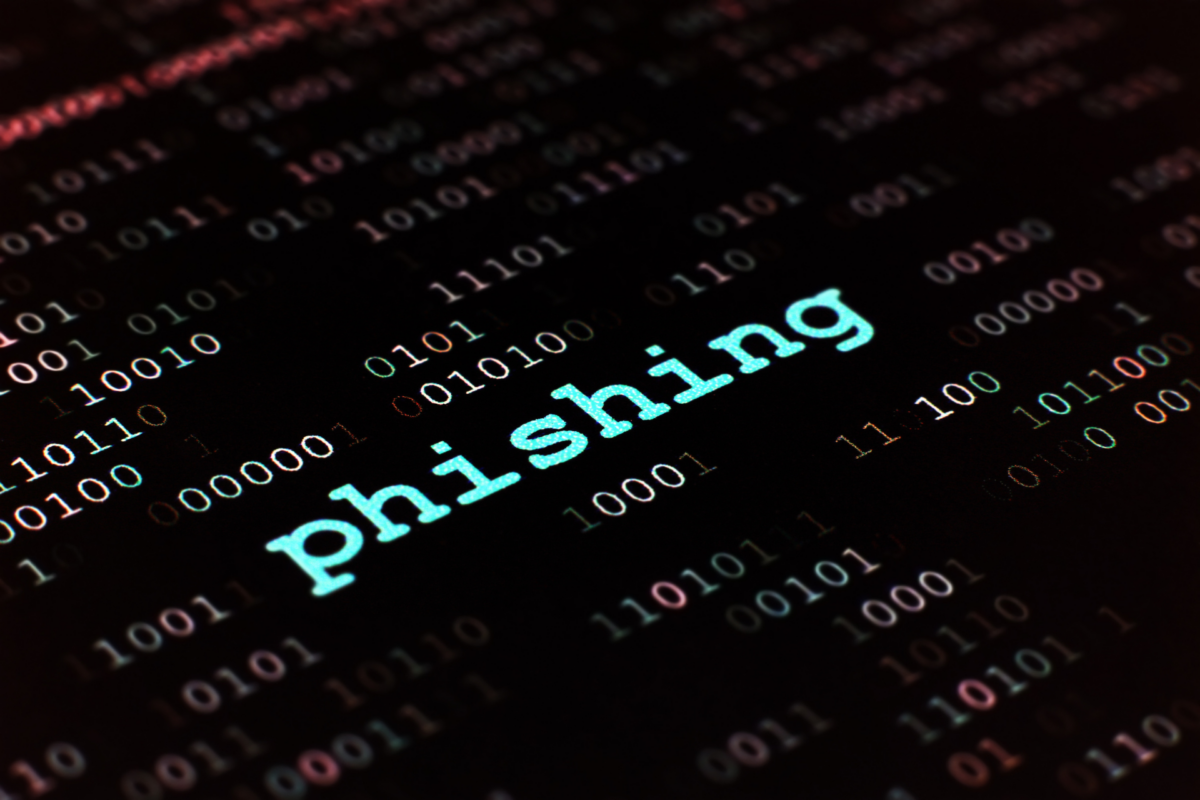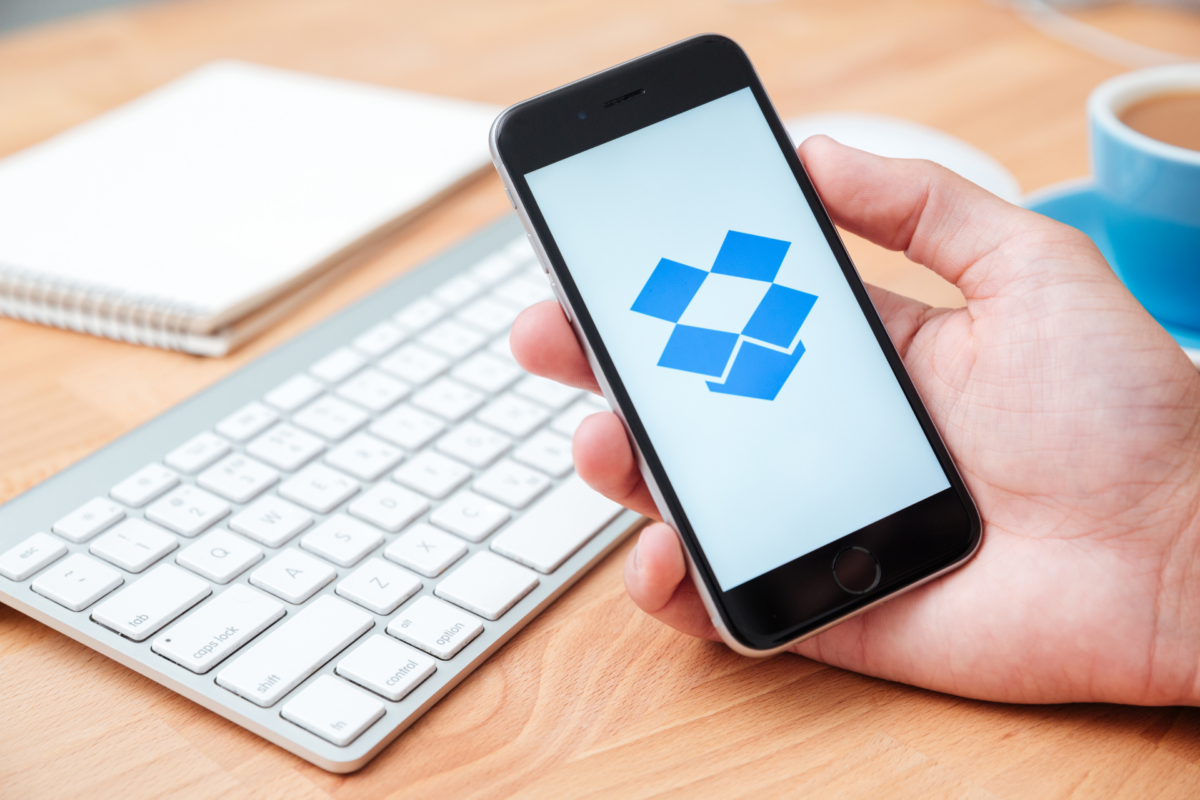Chinese Hackers Infiltrate U.S. National Guard Networks for Nine Months: The Salt Typhoon Breach
Anthony Duran
on
July 17, 2025
In March 2024, Chinese state-backed hackers known as “Salt Typhoon” began what would become a nine-month infiltration of a U.S. state’s Army National Guard network. This wasn’t a smash-and-grab operation targeting consumer data—it was a sophisticated intelligence gathering campaign that extracted network configurations, administrative credentials, and operational maps spanning all 50 states and four U.S. territories. The breach, which remained undetected until December 2024, represents one of the most strategically significant cyber espionage operations against American military infrastructure in recent memory.
The Breach: What We Know
- Between March and December 2024, Chinese state-backed hackers known as Salt Typhoon “extensively compromised” that state’s National Guard network .
- They exfiltrated:
- Network maps & traffic data spanning every U.S. state + 4 territories
- Administrator credentials and internal network diagrams
- No immediate details on which state were confirmed, but the leak to Property of the People sparked nationwide alarm .
How It Happened: A People-Powered Breach
This wasn’t a brute-force hack it was a classic case of social engineering. Attackers employed a technique known as vishing, targeting contact center staff via phone to extract credentials and bypass multi-factor authentication.
The culprits? Likely the notorious Scattered Spider group known for sophisticated, human-focused attacks across airlines and payment systems.
Why It Matters to Every Business
This wasn’t just espionage, it’s a strategic pre-positioning aimed at sabotaging critical infrastructure should tensions escalate . But the real threat for organizations lies closer to home:
- National Guard units often interface with fusion centers, which manage local threat intelligence. A compromised node here weakens our collective response capabilities.
- A former Air National Guard CIO stated:
“Going forward, all U.S. forces must now assume their networks are compromised and will be degraded.”
Salt Typhoon: More Than a Hacker
This cyber-threat actor has rapidly become one of China’s most persistent and dangerous digital weapons. In 2024 alone, Chinese-linked breach activity doubled . Salt Typhoon is part of a broader ecosystem – (including “Volt Typhoon” and “Silk Typhoon” – well-equipped to exploit zero-day vulnerabilities in software, telecom infrastructure, and defense systems .
What This Reveals: National Security at Risk
- Strategic Intelligence: Topological and network insights are a roadmap for future cyber or physical attacks.
- Systemic Risk: Gaps in National Guard security don’t stay local—they threaten every business that works with state-level agencies or handles sensitive data.
- Corporate Exposure: If government entities are breached, those of us relying on them, through third-party platforms, shared infrastructure, or supply chains—must question our digital trustworthiness.
What Businesses Can Do Now
Best Practice
Validate all vendors and partners
Assume compromise
Train employees continuously
Segment & limit access
Stay aware
Action
Ensure they follow cybersecurity frameworks like CISA or NIST
Monitor administrative logins, shadow IT, and unexpected IAM changes
Mandated “vishing” simulations for front-desk, customer service, and IT
Enforce least privilege and zero-trust across your network
Watch breach reporting and monitor dark-web forums for stolen data
The breach of a National Guard unit isn’t just national news, it’s proof that no network is truly secure, and that even “trusted” public systems can be painfully fragile. Business leaders must shift from reactive defense to proactive resilience, safeguarding every link in their digital chain.
If Army Guard networks can be quietly infiltrated for nine months, are your systems next?




